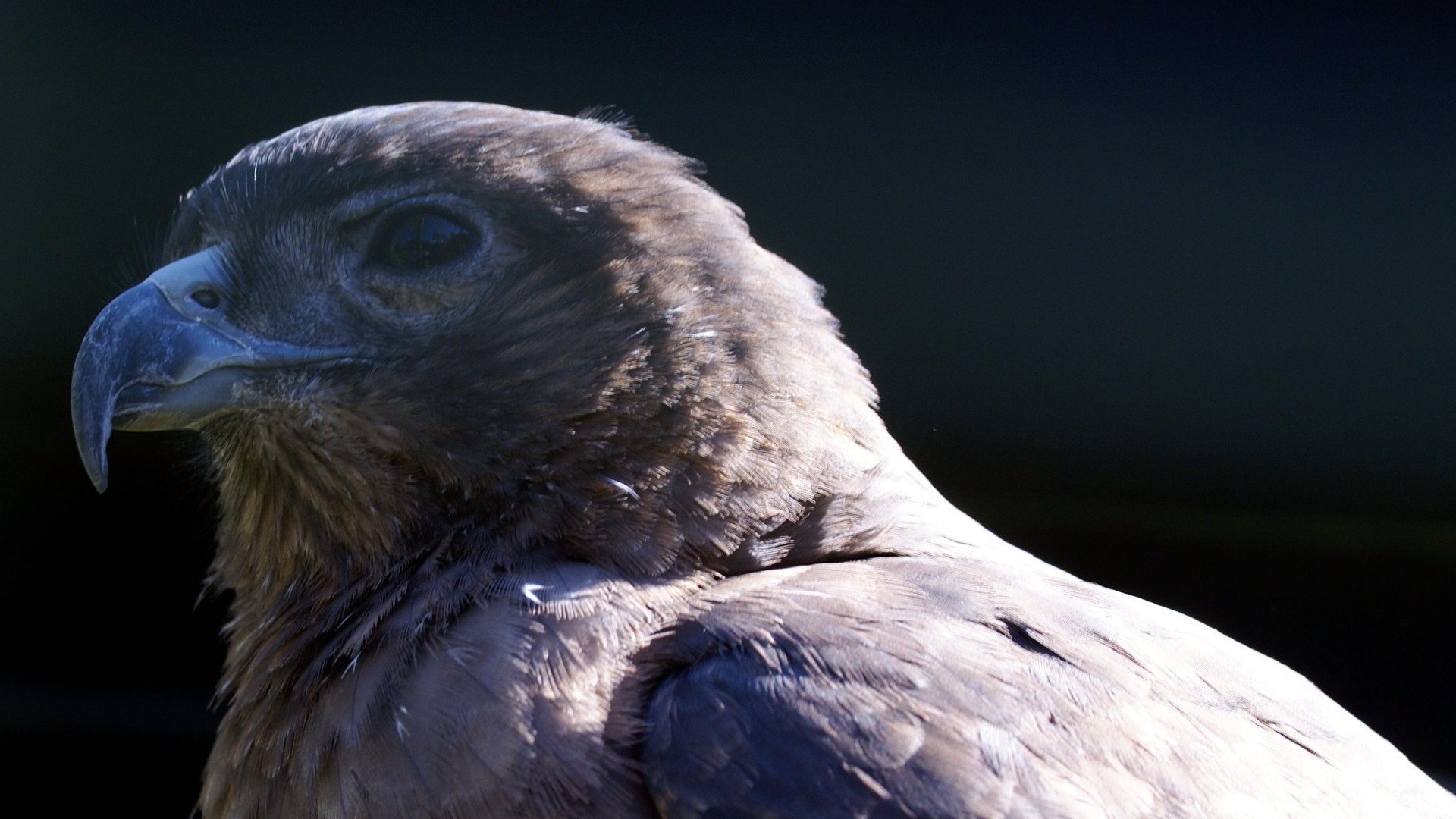The National Wilderness Institute no longer exists. Its website has disappeared, its phone number has been disconnected, and its founder has moved on to become a senior advisor for the ultraconservative Heritage Foundation.
But the legacy of the organization, founded in part to attempt to repeal the Endangered Species Act, lives on. Back in 1997 the National Wilderness Institute petitioned the U.S. Fish and Wildlife Service to remove the Hawaiian hawk, or ‘io (Buteo solitarius), from the Endangered Species Act. That petition has never achieved what it set out to do, but it keeps rising from the grave like a bad horror-movie zombie. The latest resurrection occurred this week and could end up being the final chapter in a very long, very strange saga.
The Twist of History
The only hawk species native to Hawaii, the ‘io once lived on six of the archipelago’s islands. Today it can only be found on the Big Island, Hawaii. The original causes of its decline are not known, but they appear to be linked to the original settlement of Hawaii by Polynesians.
The hawk continued to suffer once Westerners arrived, bringing with them loggers, livestock, invasive species and disease. By the time the Hawaiian hawk joined the endangered species list in 1967, six months after passage of the original Endangered Species Preservation Act, the species’ population was estimated at just a few hundred birds with a very limited range on a tiny portion of the island.
Legal protection and decades of recovery efforts helped the Hawaiian hawk. In 2014 the Fish and Wildlife Service estimated the population at close to 3,000 — a number that seemed to have been stable since 1998. As their population has grown, the hawks have also spread their wings and now range across nearly 60 percent of the island.
That population increase is a big part of the delisting push. When the Service published its Hawaiian hawk species recovery plan in 1984, researchers suggested that a population of 2,000 birds would be enough to consider downlisting the species from “endangered” to “threatened.” They wrote that because of the hawk’s “high breeding success, the relatively low levels of predation and human disturbance, and the absence of environmental contaminants affecting the ‘io, the population appears to be in a more secure condition than previously thought.”
With that in mind, the Service itself first proposed reclassifying the hawk as “threatened” in 1993. That initial proposal kicked off a few years of meetings, demographic studies and reviews. In 1997 a working group that was formed to study this possibility passed the issue back to the Service, saying that a simple population count was not enough to reevaluate the species’ status and suggesting that trends and other threats should also be considered.
At about the same time, the National Wilderness Institute filed its petition to delist the hawk. The Service declined to act on the organization’s petition for more than a decade, saying that other species took priority over the agency’s scant resources.
Then, in 2009, the agency formally proposed not just reclassifying but removing the Hawaiian hawk from the endangered species list. That proposal initiated a public comment period, a normal process under the Endangered Species Act. Those comments yielded new information, which, according to a February 2014 filing in the Federal Register, showed “negative habitat trends due to urbanization and nonnative plant species invasion” but also identified several ongoing reforestation projects that would benefit the hawk.
The Sequel
The 2014 bid to delist the Hawaiian hawk eventually failed, but now it’s back again. This past May President Trump’s massive “Unified Agenda” of planned deregulatory measures once again proposed delisting the hawk. That proposal came one month after the Heritage Foundation issued a report claiming many species — including the Hawaiian hawk — were only protected by the Endangered Species Act due to supposed “data error.”
The author of that Heritage Foundation report? You guessed it: Robert Gordon, cofounder of the defunct National Wilderness Institute.
Now the Fish and Wildlife Service has taken things further. This week the Service announced a new plan to consider delisting the Hawaiian hawk. The Federal Register listing cites no new population counts for the bird but does mention several new and ongoing habitat restoration efforts that have benefitted the species. A new public comment period runs through November 29. The agency seeks any additional information on the hawk and either its recovery or threats, including the bird’s ecology, population trends and positive or negative effects of land-management practices, as well as any potential impacts of the recent Kilauea Volcano eruptions.
So what happens next? This story has already stretched on for decades, and the Hawaiian hawk’s protected status has outlasted the organization that sought to remove it, if not the person behind that push. That history could repeat, but with the bird now also in the crosshairs of President Trump’s deregulatory agenda, it’s hard to say how this long, strange saga may finally conclude.
A version of this article was originally published in 2014 by Scientific American.


